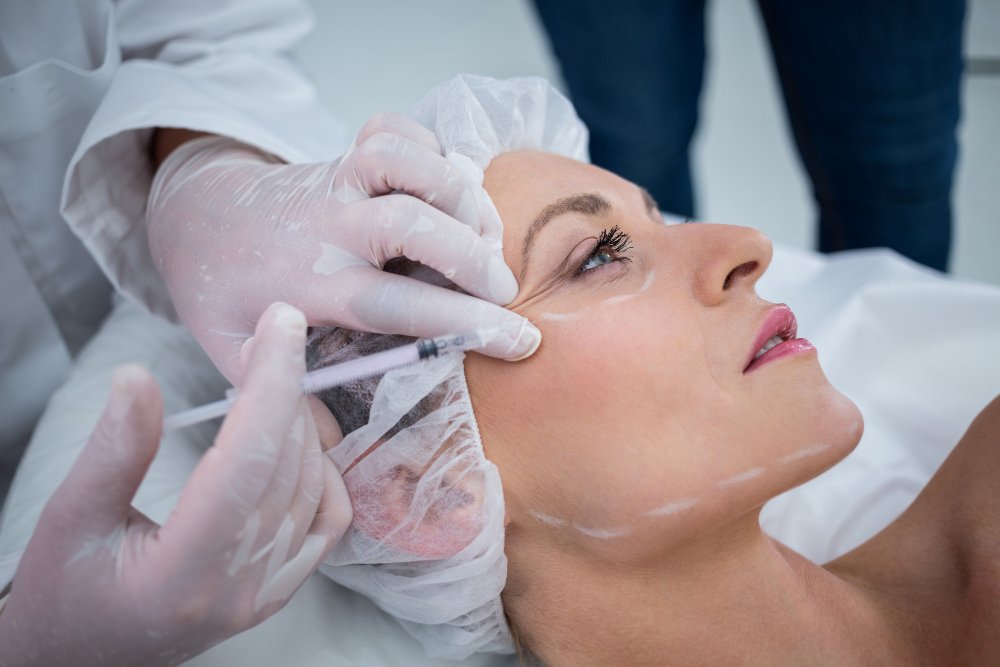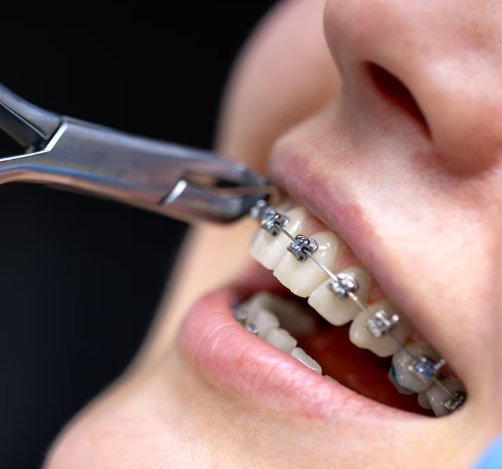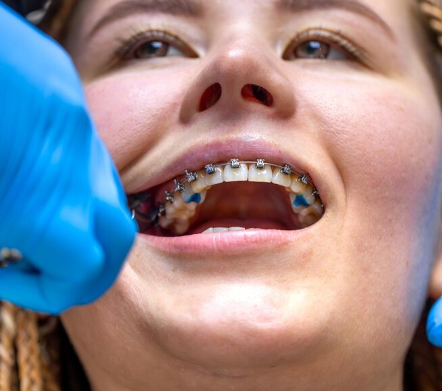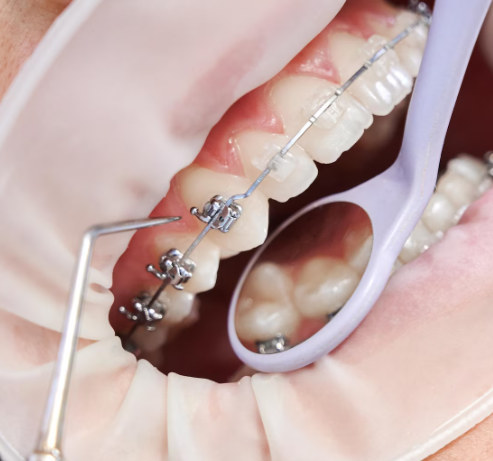Treatment Overview
The subperiosteal fat repositioning technique is an advanced surgical method designed to rejuvenate the under-eye area by addressing tear trough deformities, hollowing, and puffiness. Unlike simple fat removal, this approach preserves and repositions orbital fat beneath the periosteum (the thin layer covering the bone) to create smoother, more youthful contours under the eyes.
In Korea, this technique has become highly refined and popular, as surgeons aim for natural-looking results rather than hollow or over-corrected eyes. By repositioning rather than removing fat, Korean surgeons achieve a balanced and longer-lasting outcome that blends seamlessly with the patient’s facial anatomy.
Purpose & Benefits
- Smooths deep tear troughs and hollowness
- Reduces puffiness without causing a hollowed look
- Preserves orbital fat for natural fullness
- Improves the transition between the lower eyelid and cheek
- Provides long-lasting rejuvenation compared to fillers
- Minimizes risk of long-term hollowing from excessive fat removal
Ideal Candidates
- Patients with tear trough deformities or hollow under-eyes
- Those with under-eye bags and a visible lid-cheek junction
- Individuals who prefer long-term results over temporary fillers
- Patients seeking a natural, refreshed appearance rather than dramatic changes
- Healthy adults with realistic expectations
Possible Risks & Complications
- Temporary swelling and bruising
- Asymmetry (rare with skilled surgeons)
- Infection (very rare in Korea due to advanced sterile protocols)
- Over- or under-correction (adjustable with revision if needed)
- Temporary numbness in the treated area
Surgical Techniques Used
Korean surgeons perform this technique using precise dissection and repositioning:
- Subperiosteal Approach: Fat is repositioned under the periosteum to achieve natural blending with the midface.
- Arcus Marginalis Release: Tight ligament structures are released to allow fat to move smoothly into the hollow areas.
- Fat Preservation & Redistribution: Instead of removing orbital fat, it is delicately shifted to fill hollow regions.
- Combination Methods: Often combined with lower blepharoplasty or canthopexy for enhanced results.
Recovery & Aftercare
- Mild swelling and bruising typically last 1–2 weeks.
- Stitches are removed after 5–7 days.
- Patients can return to light activities within a few days but should avoid strenuous exercise for 2–3 weeks.
- Cold compresses and proper head elevation help minimize swelling.
- Final results are visible after 1–3 months, once tissues settle naturally.
Results & Longevity
- Natural, youthful blending between eyelids and cheeks
- Significant reduction of under-eye hollows and bags
- Results typically last 10–15 years, as fat repositioning is permanent
- Prevents hollowing caused by traditional fat removal techniques
- Long-term satisfaction is high due to natural outcomes
Treatment Process in Korea
Korea has earned global recognition for its innovative fat repositioning techniques, and the subperiosteal method is a prime example of this advancement.
- Expertise in Precision Surgery: Korean surgeons are highly trained in delicate periosteal dissection and fat preservation, ensuring minimal trauma and natural contours.
- Focus on Natural Results: Unlike traditional Western techniques that often emphasize fat removal, Korean methods focus on preservation and repositioning, which better aligns with long-term aesthetics.
- Integration of Advanced Technology: 3D imaging and high-resolution diagnostic tools are used during consultation to plan fat redistribution precisely.
- Holistic Approach: Procedures are often combined with skin resurfacing (laser, RF, or chemical peels) or adjunctive surgeries like canthoplasty for comprehensive rejuvenation.
- Medical Tourism Advantages: Korea provides streamlined care for international patients, with English-speaking coordinators, aftercare services, and recovery packages.
Cost Range in Korea
The price of subperiosteal fat repositioning in Korea varies based on clinic reputation, surgeon expertise, and whether additional procedures are combined.
- Basic Subperiosteal Fat Repositioning: ₩3,500,000 – ₩6,000,000 KRW ($2,700 – $4,600 USD)
- With Lower Blepharoplasty: ₩5,000,000 – ₩8,000,000 KRW ($3,800 – $6,200 USD)
- Premium Clinics / Renowned Surgeons: ₩7,000,000 – ₩12,000,000 KRW ($5,400 – $9,200 USD)
- Combination Packages (with Laser Resurfacing, Canthoplasty, or Fat Grafting): ₩8,000,000 – ₩15,000,000 KRW ($6,200 – $11,500 USD)
Korea is considered cost-effective compared to the U.S. or Europe, where similar advanced fat repositioning procedures can cost nearly double.
Popular Clinics in Korea
- Banobagi Plastic Surgery Clinic (Seoul): Famous for advanced eye rejuvenation surgeries, including subperiosteal techniques.
- ID Hospital (Gangnam): Known for comprehensive facial surgeries and cutting-edge fat preservation approaches.
- View Plastic Surgery: Offers customized fat repositioning with natural aesthetic results.
- JK Plastic Surgery: Popular among international patients for premium care and advanced periosteal techniques.
- Oracle Clinic: Combines surgical and non-surgical methods for under-eye rejuvenation.
Summary
The subperiosteal fat repositioning technique in Korea is a highly advanced and effective way to restore youthful, natural-looking under-eyes. By prioritizing fat preservation and precise repositioning, Korean surgeons achieve results that last for over a decade, avoiding the hollow, over-corrected appearance that can result from traditional fat removal. With Korea’s world-class surgical expertise, state-of-the-art clinics, and affordable pricing, it remains one of the top global destinations for this specialized eyelid surgery.




